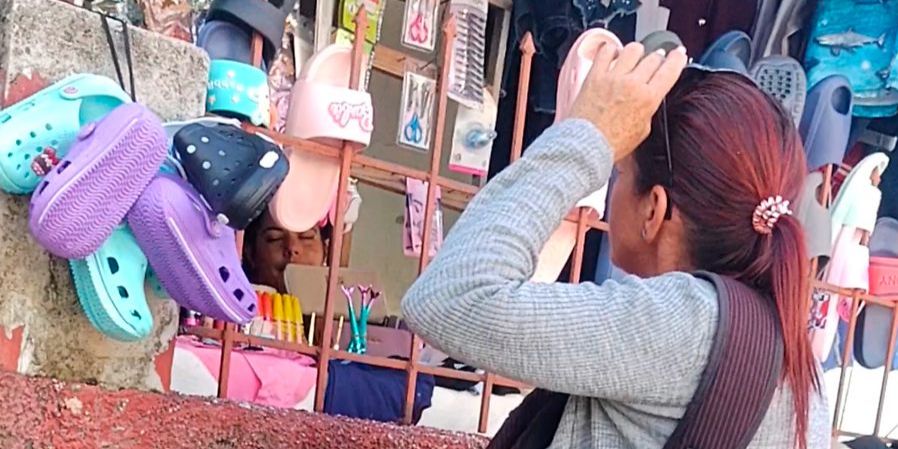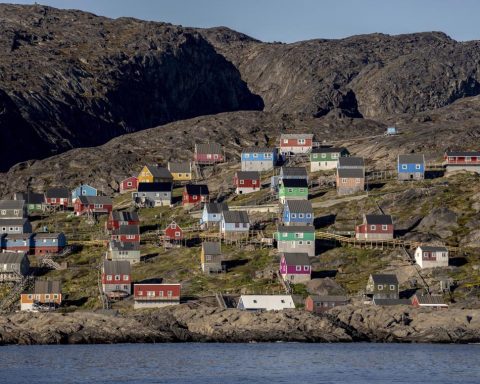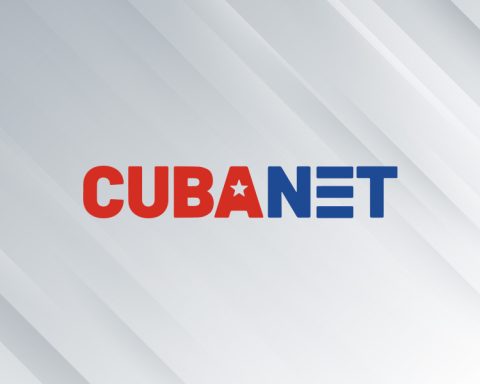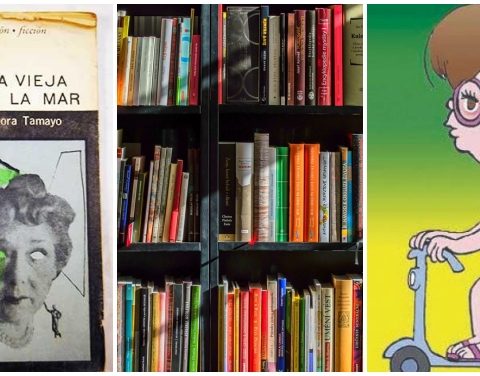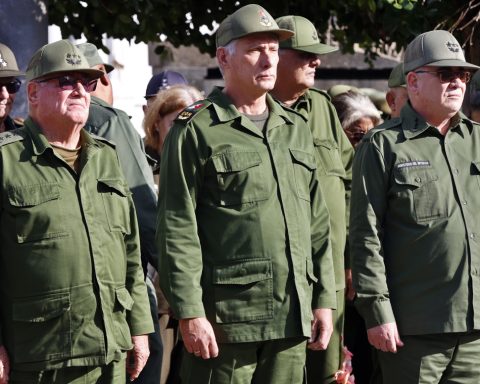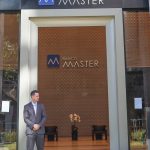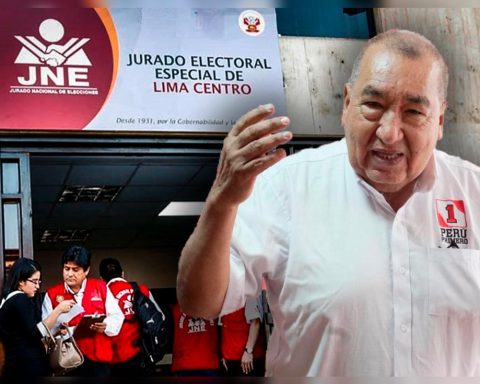HOLGUÍN, Cuba. – The informal market on 13th Street, in Holguinhas become the epicenter where thousands of Cubans stock up on products that are in short supply in state stores. For almost a kilometer, vendors crowd together offering everything from clothing and household appliances to medicines and electronic devices.
For some, it represents a crucial opportunity to access goods that would otherwise be unattainable. For others, however, it is seen as a manifestation of the government’s inability to meet the basic needs of its citizens.
“This government is no longer able to guarantee even the minimum we need. Thanks to individuals we meet basic needs,” he told CubaNet Alejandro Ruiz Delgado, a state worker.
Laura González Rodríguez, a mother of three who regularly visits the Calle 13 market, believes that the private sector is like the last bastion on a battlefield. “With so many shortages, they are the ones who sustain us,” she says. She also believes that the government should further relax regulations and free up the economy because “only then,” she believes, “will prices go down.”
The products available at the Calle 13 Market come from various countries such as Panama and RussiaThis diversity ensures that consumers, including those with special medical needs, can find what they are looking for even outside the critically underserved state health care system.
A drug seller who preferred not to be identified for fear of reprisals told CubaNet“We source our supplies from various suppliers. Thanks to us, patients have access to medicines they cannot find in government pharmacies.”

Juan Carlos Pérez Martínez, a 57-year-old man with hypertension, shares his experience while holding a blister pack of enalapril: “Thanks to these vendors, we sick people get medical treatment. A doctor recommended this place for me to buy enalapril and I already bought it for 200 pesos per blister pack made in Spain.” Dominican Republic”.
But not all testimonies are so optimistic: Rosa Gómez Hernández, a pensioner, expresses her indignation. “The sellers want to get rich off of the suffering of others. I have sold personal items to buy a cycle of terazosin and other medicines, some of which cost more than 5,000 pesos.”
Maria Fernandez Lopez, a young mother, offers a different perspective: “Prices don’t matter, what matters is that there are medicines and other necessary items. There is price competition here and I buy the cheapest,” she says.
Scarcity, where the informal market is founded
The 13th Street Market has deep roots in the chronic shortages affecting Cuba, exacerbated by the inefficiency of the state economic system. Government stores, which have historically been the main source of goods for Cubans, now face serious supply problems (not to mention high prices). This situation has prompted citizens to look for alternatives in places like this one, where the offer is diversified thanks to private imports and individual businesses.

María Teresa González Pérez, one of the first vendors to set up shop there, says that “it all started spontaneously, like selling in any house or street in Cuba. But here, the location away from the center and the proximity to the Intermunicipal Terminal made the market grow quickly,” she says.
The economic crisis and the inefficiency of the Cuban regime as a supplier have created an environment where the law of supply and demand rules and where prices, although high, reflect the reality of an economy in crisis.
“The context of the first half of the year is characterized by a complex scenario, high fiscal deficit and monetary emissions above what is recommended, insufficient foreign currency income, limitations with fuel and energy, high and persistent inflation; and insufficient effective linkages between actors in the economy,” assured Joaquín Alonso Vázquez, Minister of Economy and Planning (MEP) of the Island, at the most recent session of the National Assembly of People’s Power.




Prices at the Calle 13 market far exceed the average monthly salary in Cuba, which is 4,000 pesos. Among the items on sale are, for example, slippers at 4,000 pesos, sweaters at 2,000 pesos, disposable diapers at 3,500 pesos and shoes, which range from 10,000 to 30,000 pesos.
The vendors interviewed say they do not feel guilty about these prices. Rather, they regret the need to adapt to an economy where scarcity and runaway inflation are commonplace.
“We don’t feel guilty about the prices. We would like to sell cheaper, but inflation and the lack of products force us to set high prices,” says Ernesto, a seller who preferred to be identified only by his first name. “The private sector is supporting the Cubans in the midst of so much scarcity. The government should be even more flexible, free up the economy, only then will prices go down,” said Pedro, who also did not want to give his last name.
The perception among Holguín residents and residents of the eastern provinces who visit this market is varied. While some see it as a lifeline in times of scarcity, others criticize it for both high prices and lack of adequate conditions. However, they all agree on one point: the private sector, with its imperfections and benefits, is currently the pillar that sustains many Cubans in the midst of scarcity.

José Manuel Pérez Díaz, a regular customer, sums it up like this: “Prices don’t matter, what matters is that there are offers. There is price competition here and I buy the cheapest.”
The challenges of sellers
This informal market, while vital to many, is not without controversy and challenges. Restrictive measures and police interventions are common here. Aside from fierce competition and the need to maintain competitive prices, traders, mostly legally established and paying taxes, face the constant threat of fines and confiscations by state inspectors, who, according to vendors, often seek bribes to avoid harsh penalties.
The young clothing salesman identified as Pedro expresses his frustration: “I have all my papers in order, but the inspectors always find some excuse to fine us. We are forced to pay bribes to avoid having our license revoked.”

Despite its importance to the local informal economy, the market’s current location presents significant logistical challenges. Narrow, unpaved Calle 13 becomes impassable when it rains. Many Holguín residents and vendors themselves suggest that steps should be taken to improve market conditions.
“It would be better for the government to create a place with better conditions, such as part of the parking lot of the Calixto García Stadium or the parking lot of the Bariay nightclub,” says a shoe saleswoman who identifies herself as Sonia.
Follow our channel WhatsApp. Receive the information from CubaNet on your cell phone through Telegram.
